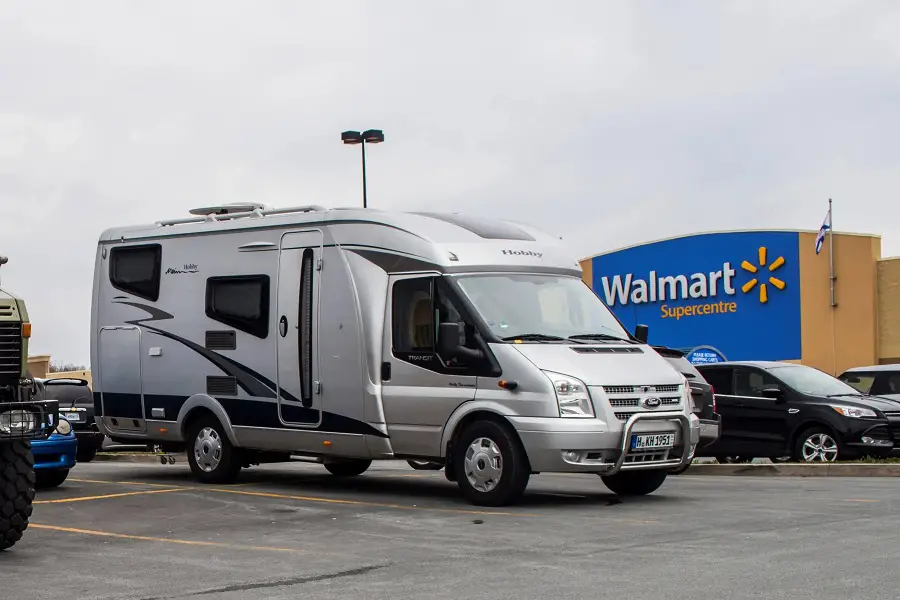Just because you venture out camping in winter time doesn’t mean you have to sacrifice comfort, warmth or an abundance of activities to enjoy, and not feel miserable.
Many of us are apt to consign our camping kit to the store cupboard for the year when the first frosts arrive in the Fall.
But winter camping is not, unfortunately, without its difficulties and risks, and staying safe requires a little more know-how and care than camping at other times of the year.
To that end, we’ve compiled a list of tips to help you make your camping a four-season affair without falling foul of any of the many misadventures or calamities that await the unprepared winter camper.
#1 Do Your Research
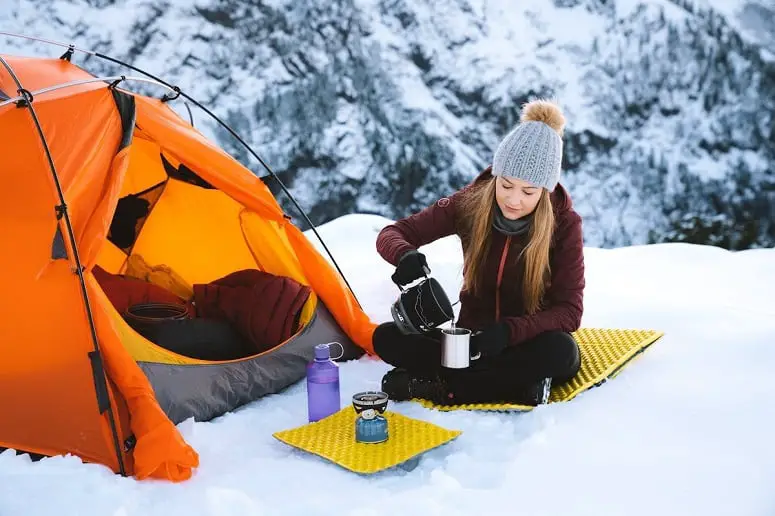
The risks inherent to winter camping are, as you might expect, much higher than those of summer camping.
On the plus side, we don’t have to deal with the threat of heat-related ailments, snakes, bears, or carrying back-breaking quantities of water, bug spray, and sunscreen, but, on the downside, there are a number of other equally spooky hazards that come into play.
The most notable of these include the following:
- Avalanche risks
- Hypothermia
- Frostbite
- Snow blindness
- Blizzards
- The added weight of winter gear
- The need for technical winter skills (use of crampons and ice-axe)
- Frozen water sources
- Snow-bound (or blocked) segments of trail
- Shortage of daylight hours
Before heading on a winter camping trip, it’s wise to research the area in which you’ll be doing your camping thoroughly.
The aim of your research should be to minimize or mitigate each of the above risks by:
- Assessing avalanche danger so you can either put your trip off or avoid avalanche-prone terrain
- Gauging weather conditions and temperatures so you don’t sell yourself short on insulation and shelter
- Getting a more accurate idea of the gear requirements for the trails leading to your proposed campsite
- Locating reliable (not “seasonal”) water sources
- Determining whether or not all portions of the trail will be passable
- Giving yourself plenty of time to reach your campsite and make the return journey in daylight
#2 Planning and Gear

Start in your own backyard with a local overnight, to test your skills and get acquainted with your new gear.
Figuring out how to set up your tent quickly, prepare a hot meal and sleep comfortable closer to home helps build your skills and confidence for longer outings.
Try a state park or national forest that is open year around. Check online to double check that the camping destination you choose is open and has any warnings or restrictions.
Winter camping can be gear intensive but having the proper equipment clothing and supplies can be the difference between a life threatening experience and an inspiring jaunt into nature.
#3 Leave Your Route With Someone Back Home
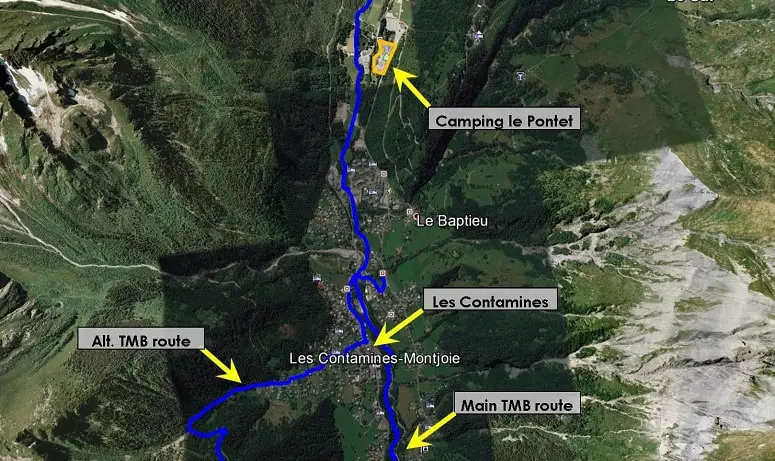
Getting lost or having an accident while hiking or camping at any time of year can spell disaster.
In winter, the dangers are exacerbated by the fact that there will be fewer people on the trails to provide assistance if need be, the additional time required to return to safety because of conditions underfoot and heavier gear, and trail signage or markings being obscured by snow.
Additionally, the time frames in which a successful rescue might be made in winter months are far shorter than at other times of year, so narrowing down the search area for rescuers as much as possible is vital to maximizing your own prospects of survival if things go south.
To give yourself the highest chance of surviving an emergency situation when heading into the backcountry to camp in winter months, leave a detailed trip itinerary with someone back home before leaving.
Try to stick to this itinerary as closely as possible and be sure to include the location of nightly campsites and any potential deviations you might envision taking.
Finally, establish a time at which your contact will raise the alarm with emergency services should you not return and, of course, be sure to call them as soon as you get back to civilization.
While all of the above measures might strike you as a touch drastic, they’ll seem a lot less so should you happen to find yourself in trouble and in need of urgent assistance.
#4 Thermal Efficiency
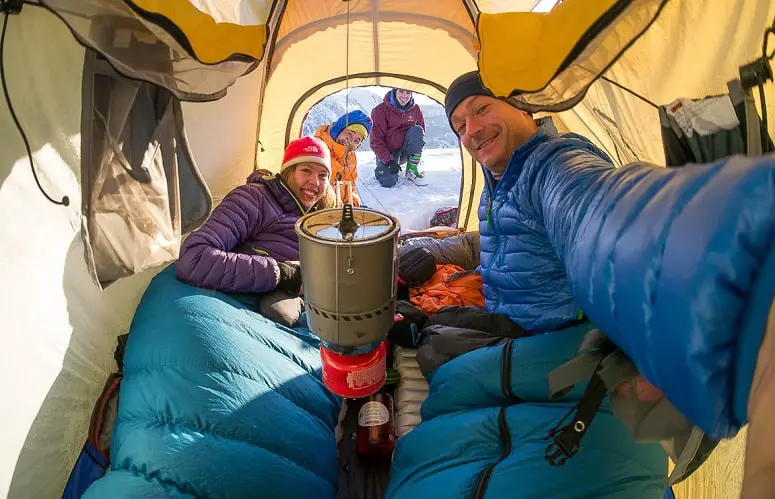
Any form of insulation works not by actively producing heat but by trapping in the heat produced by your body.
Because our bodies don’t quite have the same thermal capacity as our heaters or radiators back home, making the most of their heat depends on minimizing the amount of space to be heated.
Some steps we can take towards achieving this goal include:
- Bringing all of your gear inside the tent (not the porch area) with you at night
- Buying a smaller tent with less square footage in the sleeping area
- Stuffing the bottom of your sleeping bag with items of clothing to reduce the size of air pockets and also keep clothes warm for the morning
You can also boost your tent’s inherent insulating capacity by:
- Pitching a tarp over the rainfly to provide a third (or second, if using a single-walled tent) layer of insulation
- Carrying an additional groundsheet or laying out clothes under your sleeping pad to minimize the amount of cold air seeping through the tent floor
- Making use of natural windbreaks like trees, hollows, or boulders
#5 Choose Your Camping Spot Carefully
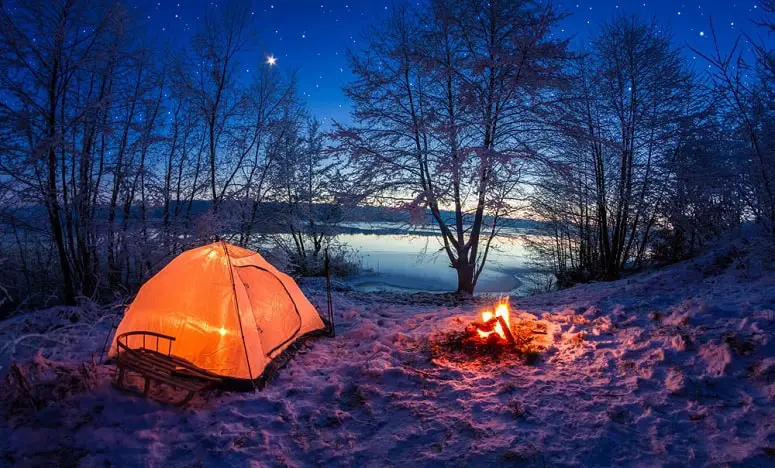
The tick list of desirable attributes for a summer-time camping spot is usually fairly short, but in winter months we have to be just a little more fussy to ensure we can get our slumber on as safely and comfortably as possible.
The ideal camping spot in winter should be:
- Far from the run-out path of avalanche-prone slopes
- Not directly beneath snow-laden branches—high winds and the weight of the snow can cause rotten branches to fall…bad news if your tent is pitched on their landing spot
- Sheltered by trees, scrub, rocks, or other natural features
- East-facing so as to receive the morning sun and warm up quicker
- Not on ice—while you may think this a Darwin-Award-worthy mistake to make, it’s not unheard of and, in a landscape carpeted by snow, it’s frighteningly easy to do.
- To avoid this hazard (and ending up having to make an involuntary swim to safety should your body heat cause the ice to collapse) get your map and compass out, triangulate your location, and make sure you’re not pitching up on a frozen lake or pond
#6 Make Your Tent a Fortress
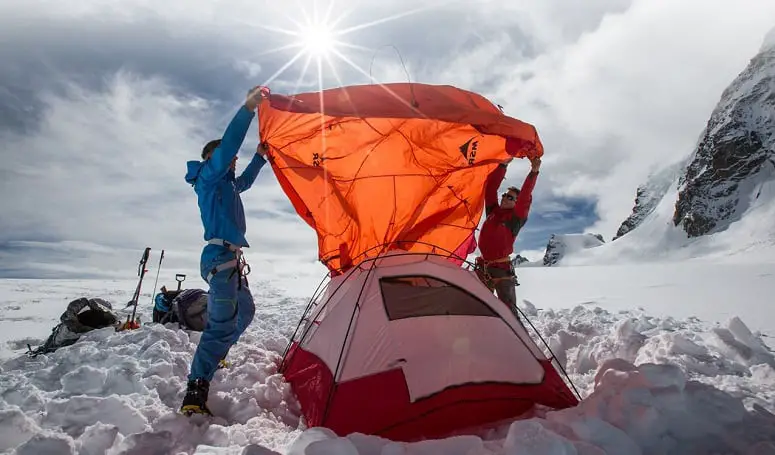
If you happen to be car-camping and don’t have to worry about pack size and weight, then there are a number of steps you can take to make your tent capable of dealing with the absolute worst the weather can throw at it.
In addition to the thermal optimization mentioned above, these include:
- Reproofing your tent before setting off
- Carrying extra blankets to place over and on the floor of your tent to improve insulation
- Using snow to build small walls around your tent to keep the worst of the wind at bay
- Using stones or rocks to pin down the tent fabric between stakes in order to minimize drafts
- Bringing snow stakes instead of regular tent pegs (the latter will likely be ineffective in soft snow)
- Stomping out a “footprint” for your tent in the snow to ensure it has a solid foundation
- Pegging or staking out all guy lines to make your tent as stable as possible
- Using a tarp or emergency bivvy bag and trekking poles to make a windbreak like those you’d more readily associate with the beach
#7 Do a Pre-Sleep Warm-Up

Getting into your sleeping bag cold at night is a fairly sure way to guarantee you stay that way for most—if not the remainder—of the night.
To avoid shivering the night away in your tent, it’s a good idea to do a few quick exercises to raise your core temperature before hitting the hay—star jumps, push ups, squats, and jogging on the spot all work well.
Also, if possible, eat a quick snack before turning in as this will not only allow you to benefit from diet-induced thermogenesis (meaning, in layman’s terms, simply that your body heats up during the process of digestion).
It also gives you the energy needed to shiver, which is your body’s natural means of generating heat.
#8 Build a Fire
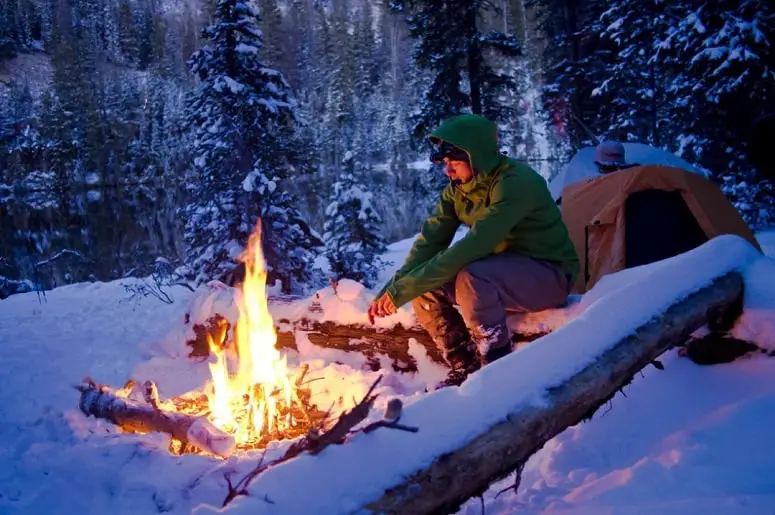
If you’re not one for the type of pre-sleep cardio session mentioned above, there are other ways of keeping yourself warm before turning in for the night.
The most obvious, of course, is that age-old bringer-of-heat that has warmed the chilled bones and extremities of many a camper for many a year: fire.
But what do we do, you might ask, if there’s snow? Well, the presence of snow isn’t necessarily prohibitive to making yourself a roaring fire, it just means you’ll have to be a little more meticulous with your prep.
Before leaving home:
- Soak a small handful of cotton balls in Vaseline or another petroleum jelly as a firestarter
- Pack an egg box with a few lumps of coal
- Stow matches in a sealed, waterproof sandwich bag
At camp:
- Stomp out a section of snow to make a fire pit
- Line the base of this with rocks or branches (the drier the better)
- Place the cotton balls and egg box on a flattish stone in the center along with any other dry wood you can find in a tepee-type shape
- Get that fire started!
#9 Choose Your Fuel Wisely
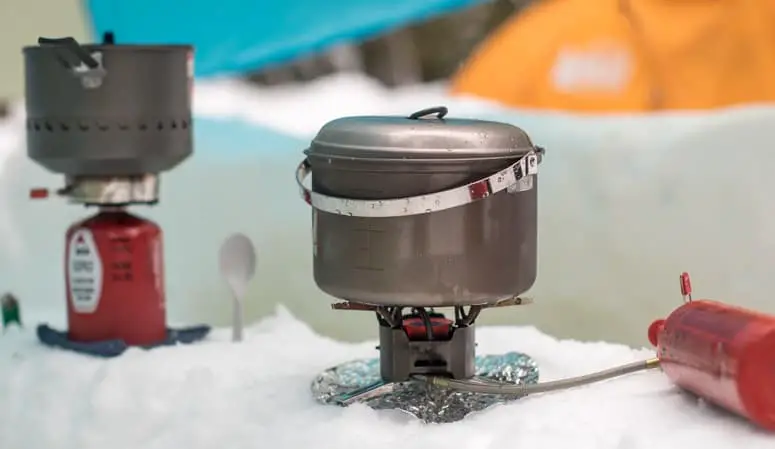
Certain types of fuel are more effective and efficient in cold conditions than others. The three main fuel types each have their advantages and disadvantages, but propane is usually the burner of choice for winter wanderers:
- Liquid fuel burns well even in sub-zero temperatures but is heavier to carry and less efficient for cooking
- Butane is a poor performer in cool conditions but is light and energy efficient
- Propane is the best performer in freezing conditions but burns very quickly, meaning you might have to carry a hefty load if camping for more than just a night or two
A few further tips related to fuel use around your campsite include the following:
- Bear in mind that you’ll need extra fuel to melt water
- Never cook inside your tent or use your stove to heat your tent as the fumes could lead to carbon monoxide poisoning
- For the same reason, make sure your tent is not downwind of your cooking area
- Leave your fuel and cooking utensils in the open to cool down at night to reduce the risk of fire in your tent (tent fabrics and hiking clothing are, for the most part, highly flammable!)
#10 Camping Hacks
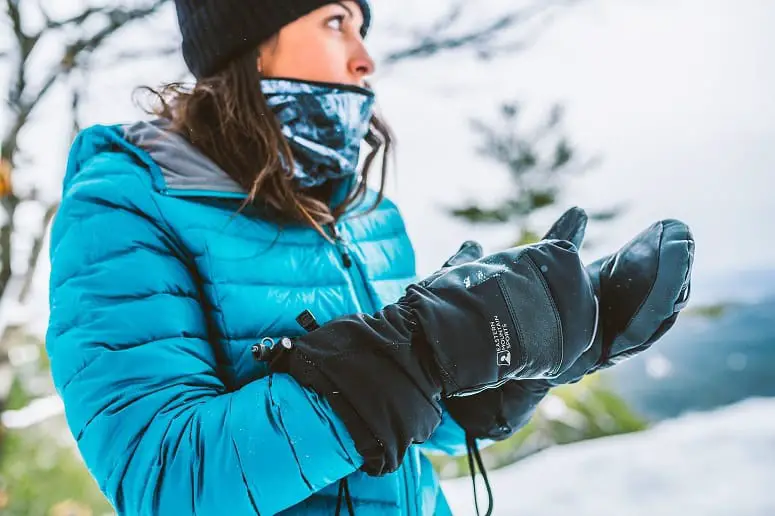
A few smaller but very handy “hacks” can be used to make sure you stay warm, safe, and comfortable when camping in cold weather. The most notable of these are:
- Carry your spare gloves, hat, and socks inside your jacket while hiking. Your body heat will warm them up nicely and, by alternating between your spares and your originals, your hands, head, and toes will remain toasty for the duration of your hike
- Pack a hot water bottle for bedtime
- Pack an emergency blanket/shelter in case you get caught in a blizzard, a member of your team shows signs of hypothermia, or to add further insulation to your tent or sleeping pad
- Keep batteries close to your body both while hiking and sleeping as cold conditions can quickly drain their power
- Keep water in bottles instead of hydration bladders (which freeze more easily)
- Stow your water bottle upside down in your pack—water freezes from the top down, so this will stop the bottle’s lid freezing over
- Bring a pee bottle so you don’t have to leave the warmth of your the tent in the middle of the night to take care of “business”
- Wear glove liners underneath your insulating gloves so you can have the dexterity required to perform more intricate tasks without exposing your skin
- Leave your sharps (ice axes, crampons, snowshoes) in the tent’s vestibule to avoid rips and tears—it is, we assure you, no fun trying to repair these with frozen fingers in the middle of the night!)
#11 Setting Up The Camp
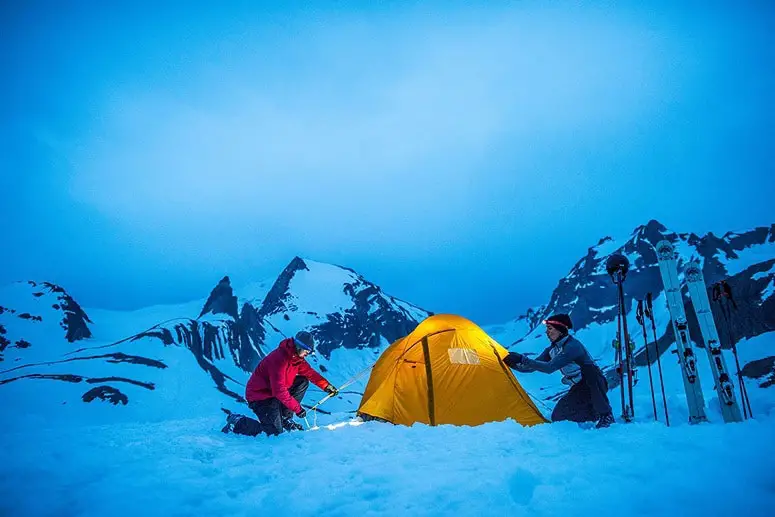
During the warmer weeks, most campers can get by with a convertible tent. During the winter however, you’ll need to use a four-season rated shelter.
These tents sacrifice ventilation and breathability in favor of improved warmth and protection from the wind and snow.
Find a flat, well protected spot to pitch your tent. Pack down the snow and remove any debris and lay down a ground sheet to improve insulation.
Secure the tent with lines to prevent blowing away and set up your vestibule with supplies. Get your cooking gear organized and begin melting snow for water as soon as possible.
After you get setup, crack open the flask, make some hot chow and enjoy the sounds of silence.
#12 Dress The Part
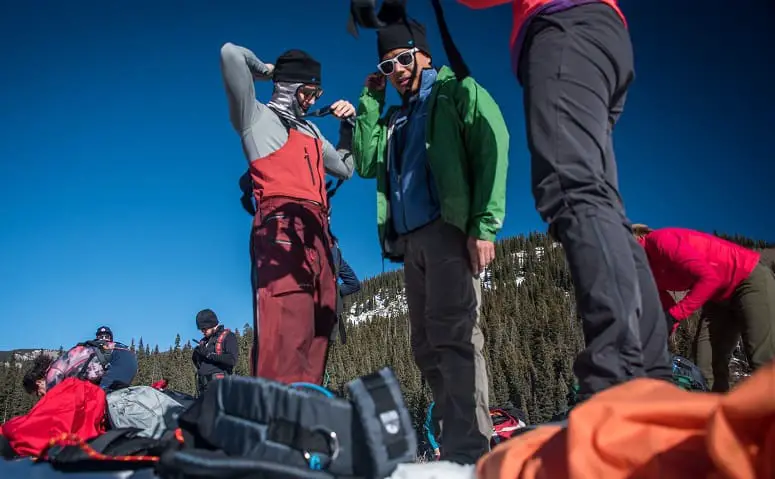
Proper clothing not only provides comfort and warmth but can have multiple purposes. Here is a breakdown.
Base layer
- Wicking underwear
- Midweight long john top
- Midweight long john bottoms
- Expedition-weight long john bottoms
- Expedition-weight long john top
Outerwear
- Waterproof/breathable jacket
- Waterproof/breathable pants
- Synthetic or softshell hiking pants
- Insulated parka or down jacket
- Insulated pants
- Waterproof gaiters
Footwear
- Insulated camp booties
- Waterproof hiking or snowshoeing boots (insulated is best)
- Wool or synthetic socks (one pair for every day or two, plus an extra pair for sleeping only)
- Liner socks
Accessories
- Wool or fleece hat
- Balaclava or facemask
- Synthetic liner gloves
- Mid-weight insulated ski gloves
- Heavyweight down mittens
- Sun hat or visor
Remember it’s all about layering and be sure to check and double-check all of your winter clothing to make sure you are prepared for your trip.
Pro Tip: Avoid cotton or other material that absorbs water.
#13 Meals For Warmth
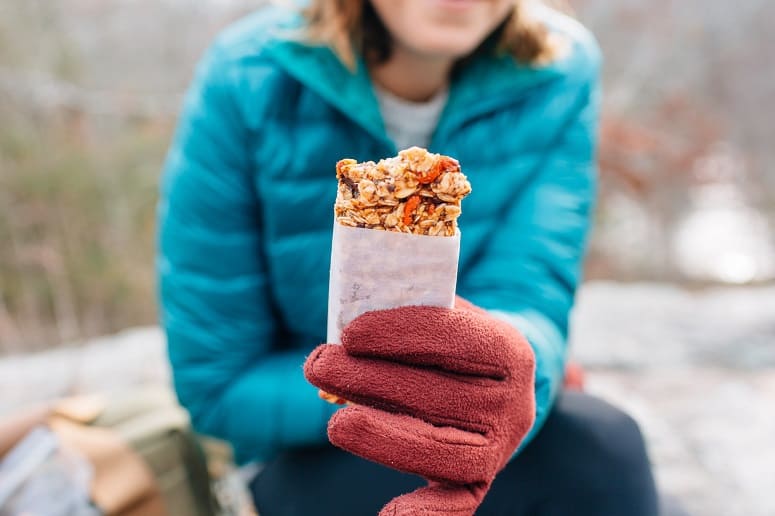
Winter retreats require fueling the body to burn the excessive amount of calories required to stay warm and be active. Try some of these easy to prepare foods:
Snacks
- Dried Fruit
- Meat sticks
- Salami
- Cheeses
- Pepperoni
- Fig Newton’s
- Meat Protein bars
- Eggbeaters
- Crackers W/ Peanut Butter
Meals
- Oatmeal (Instant)
- Ramen Noodles
- Bean Flakes (fast working)
- Dehydrated soups
- Instant brown rice
- Dehydrated onion
- Tortillas
- Lunchmeats
- Dehydrated potatoes
Condiments
- Butter or Squeezable Margarine
- Mustard packets
- Salsa packets
- Spices
- Olive oil
- Cinnamon
Drinks
- Tea bags for hot tea (Non Caffeinated)
- Hot cocoa mix
- Instant coffee (Caffeinated)
Pro Tip: Add 20-40 grams of butter to every meal on long trips. You burn more calories in winter and need more fat to stay warm. Besides, everything’s enhanced with butter!
#14 Activities
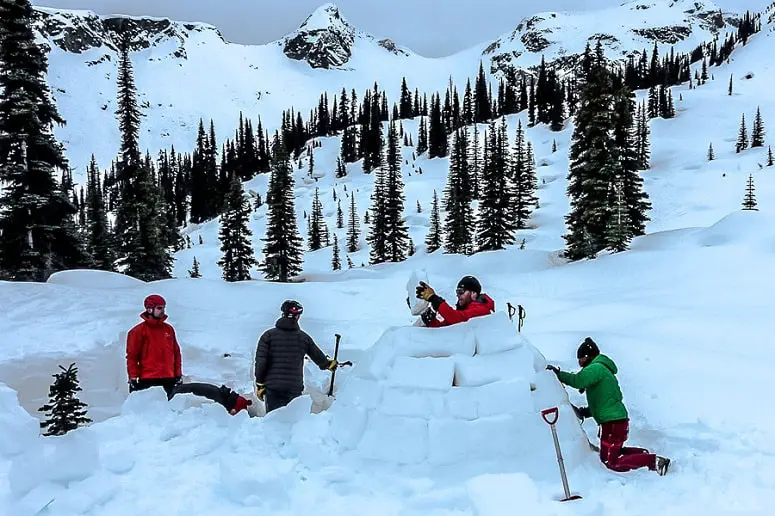
Winter camping opens up a variety of activities you can only do in the snow. How about snowshoeing?
Snowshoes allow you to stay above the powder rather than sink down into it.
What about building a snow cave or even an igloo? Skiing, building a snowman or engaging in a snow ball war all require tons of available white powder.
#15 Know How To Read Weather
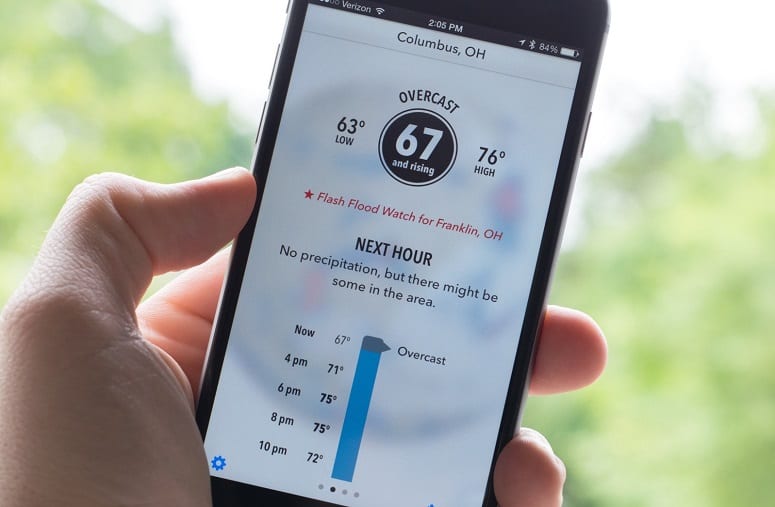
Having a basic knowledge of clouds, barometric pressure and the local temperature patterns will give you more comfort in the fact that you will have a better chance of knowing that inclement weather is approaching, giving you time to prepare or bail.
No need to become a meteorologist, but study up on factors that may indicate a storm.
#16 Sleeping in The Cold
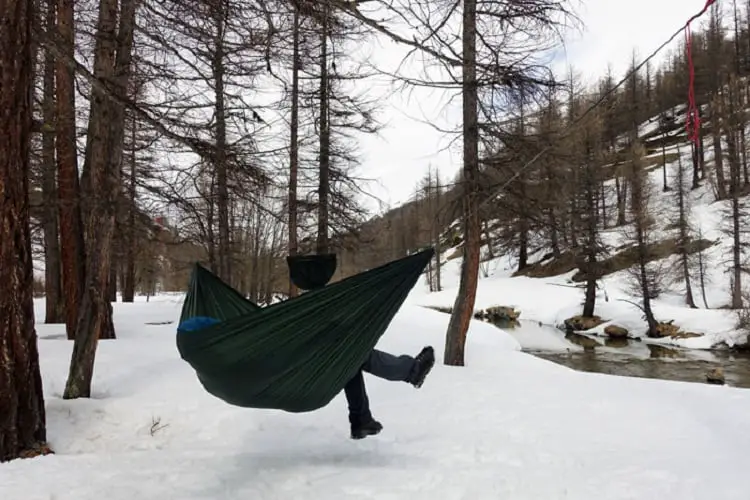
The proper sleeping bag can make freezing cold conditions feel like mild winter nights. Winter hammocking is an option also.
Bags rated to 20 degrees are adequate for mild cold, but when the temperature plummets, a zero-degree bag or even a -20 degree bag, will likely be a necessity.
Sleeping fully dressed will add some warmth to your sleeping bag. Dawn a down jacket and down pants and you’ll stay warmer throughout night. Make sure you are using a good pad, as well, to insulate yourself from the cold ground.
Sleeping pads are essential for staying comfortable regardless of the season, but in the winter an insulated pad adds an extra layer of warmth between you and the ground.
If possible, eat a quick snack before bed, do some light exercises and fill your water bottle with warm water to place in your sleeping bag.
Middle of the night bathroom trips in the cold are not my idea of good time. Store a large mouth Nalgene bottle in (or next to) your sleeping bag and use inside your tent to do your business.
Make sure you mark with HUGE writing or a skull and crossbones so you don’t accidently drink your waste, instead of your water!
Tip: Store all your electronics in your sleeping bag at night to keep them from getting to cold.
#17 Know Your Limits
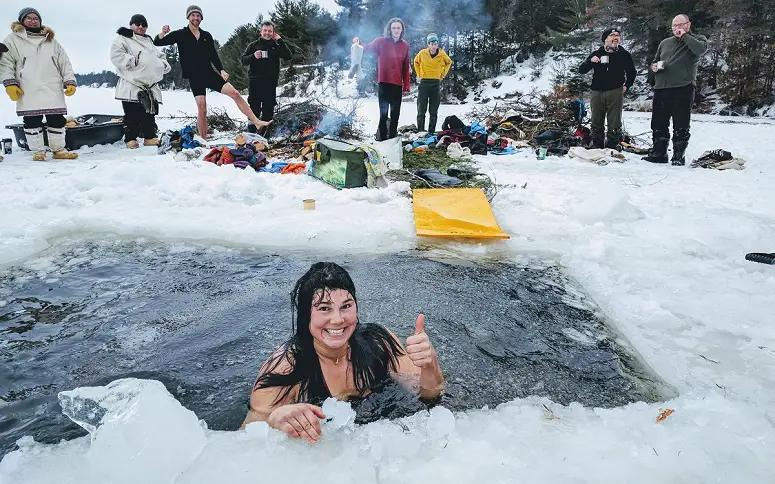
Take your time – Colder weather slows everything down. You’ll be able to travel fewer miles and take twice as long to pitch your tent or cook your food.
Account for these factors when planning your itinerary, and respect the weather: Spending an extra 60 seconds to get your gaiters on can make a big difference if you break through ice while crossing water.
Trying to go to fast will create an unsafe situation, so relax and stay within your comfort zone.
Rules For Winter Camping And Safety
- Choosing your base camp- Know how to find the ideal camping spot. Picking poorly can be dangerous.
- Test your gear- Before you go to double check everything is in working order. Asses your sleeping system, pad-bag-clothing to get a sense of what it’s like to sleep on snow packed ground
- Understand winter dangers- Hypothermia, frostbite and avalanches are a real concern so know about each before heading out.
- Practice emergency situations- Knowing how to perform basic first aid, escape a water plunge and build an emergency fire are life saving skills.
Remember
When and if you get bored, the colder temperatures, combined with the shorter days and longer nights, will mean more relaxing time with a good book snuggled in your tent.
If you plan it right, winter camping can beat summer camping.
How did you like our ways?
Please feel free to comment, share, and suggest anything we might have missed.
Resources:


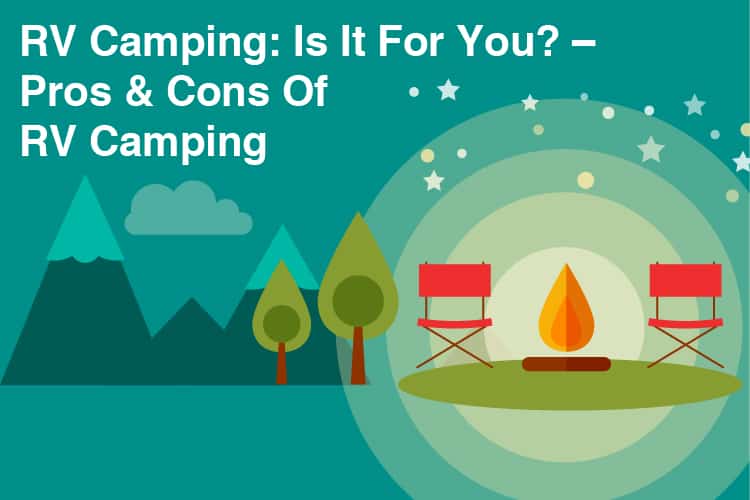
![9 Final Thoughts And Items For Your First Camper Adventure [Checklist] 21 RV Camping Checklist](https://kempoo.com/wp-content/uploads/2018/11/first-camper-adventure.jpg)
